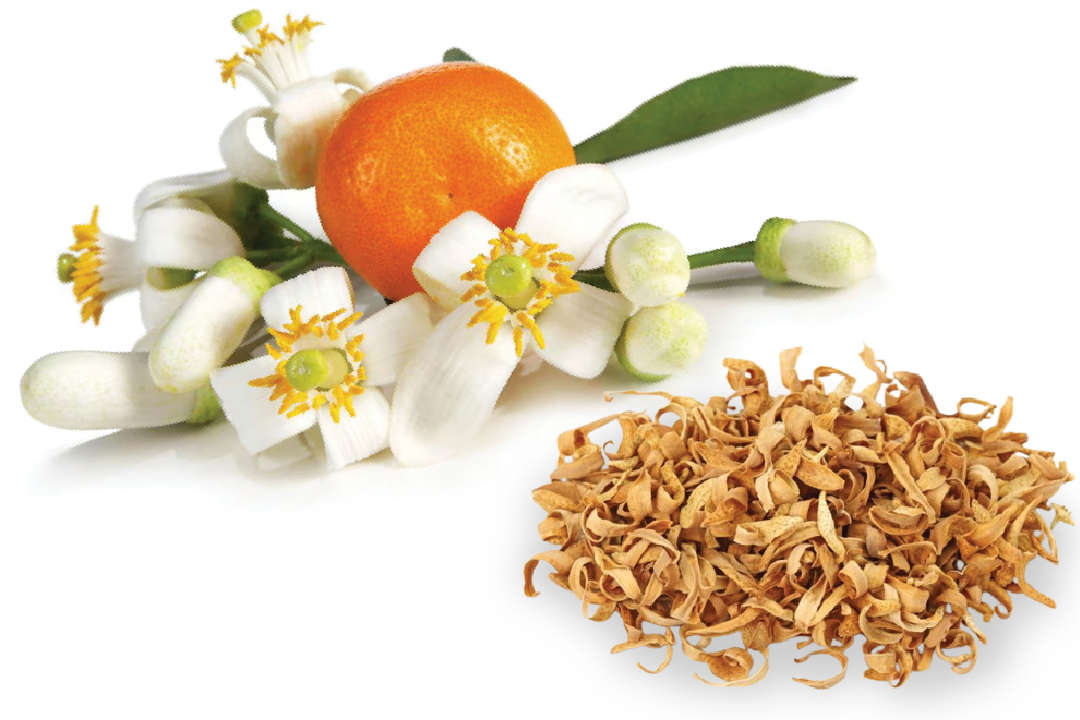The savory plant is one of the plants that belongs to the mint family and is an annual plant with small flowers and flat leaves and should not be confused with tarragon. Tarragon leaves are bigger than savory leaves.
The savory plant is a spicy and peppery plant that has high nutritional value and therefore has many benefits and properties for health.
The leafy parts and the savory stem are used in cooking.
Its leaves are dark green and its flowers grow in prominent and colorful clusters.
People around the world have been using this plant for thousands of years to improve the taste of their food. Marze has a warm and dry character.
use
- as tea
- sweat
- Dried savory
Dried savory
It is used as a seasoning and flavoring in foods.
From dry seasoning in some foods such as:
- Meatballs and dumplings
- Meat dishes such as: kebabs, cutlet, pan grill, broth
- All kinds of soups and stews
- And it helps to get rid of the fishy smell.
Dried savory properties
- Useful for the digestive system
- Treatment of digestive problems
- Natural disinfection
- Relief of cold and cough symptoms
- Relief of joint pain caused by inflammation
- Enhance sexual power
- Disease prevention and overall health improvement
- Treatment of uterine fungal infections
- Preventing the growth of cancer cells
- Increase the production of red blood cells
- Cleansing and improving liver function
- Reduces blood fat.
- Useful for treating joint pain
- It is useful for heart health to produce red blood cells
- Strengthen and increase hair growth
Possible side effects of Savory
- Salt can cause allergic reactions and prevent or slow down blood clotting.
- Avoid using this herb at least two weeks before surgery.
- Their new version for the first series can cause skin and eye irritation.
- Long-term use of salt can also cause stomach ulcers or intestinal blockages, cancers and seizures.
- Pregnant and lactating women should use them in moderate and short term.
- Care must be taken to treat children’s diseases.
Nutritional value table of savory natural state
| The main constituent | Amount per 100 grams |
| energy (calories) | 272 kcal |
| Carbohydrate | 68.73 grams |
| Protein | 6.73 grams |
| fat | 5.91 grams |
| water | 9.00 grams |
| fiber | 45.70 grams |
| sugar | 0.00 grams |
| Cholesterol | 0.00 mg |
| Savory vitamins, natural state | |
| The name of the vitamin | Amount per 100 grams |
| Vitamin A | 257.00 micrograms |
| Vitamin D | 0.00 µg |
| Vitamin E | 0.00 mg |
| Vitamin K | 0.00 µg |
| Vitamin C | 50.00 mg |
| Thiamine (B1) | 0.37 mg |
| Riboflavin (B2) | 0.00 mg |
| Niacin (B3) | 4.08 mg |
| Choline (B4) | 0.00 mg |
| pantothenic acid (B5) | 0.00 mg |
| Vitamin B6 | 1.81 mg |
| Folate (B9) | 0.00 micrograms |
| Vitamin B12 | 0.00 mg |
| Savory minerals, natural state | |
| The name of the mineral | Amount per 100 grams |
| calcium | 2132.00 mg |
| iron | 37.88 mg |
| magnesium | 377.00 mg |
| phosphorus | 140.00 mg |
| Potassium | 1051.00 mg |
| sodium | 24.00 mg |
| Roy | 4.30 mg |
| copper | 0.85 mg |
| Manganese | 6.10 mg |
| Selenium | 4.60 micrograms |






















of course like your website but you have to check the spelling on several of your posts A number of them are rife with spelling issues and I in finding it very troublesome to inform the reality on the other hand I will certainly come back again
I was recommended this website by my cousin I am not sure whether this post is written by him as nobody else know such detailed about my trouble You are amazing Thanks